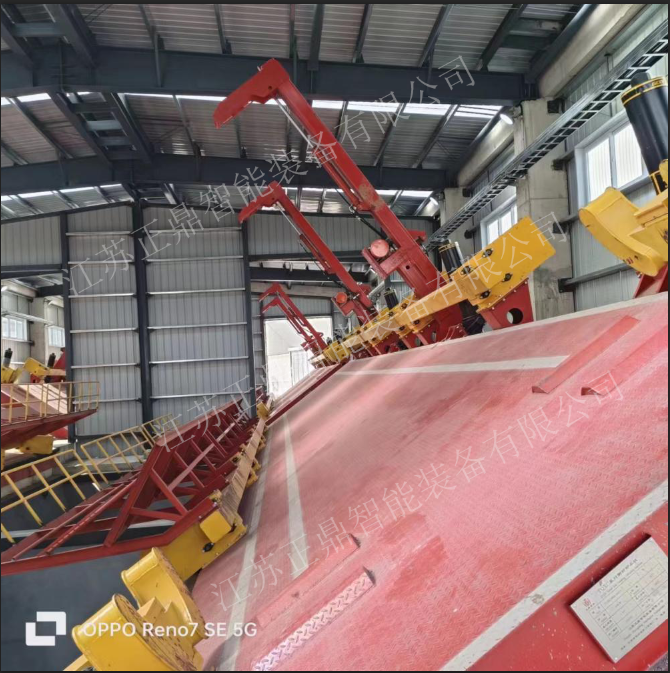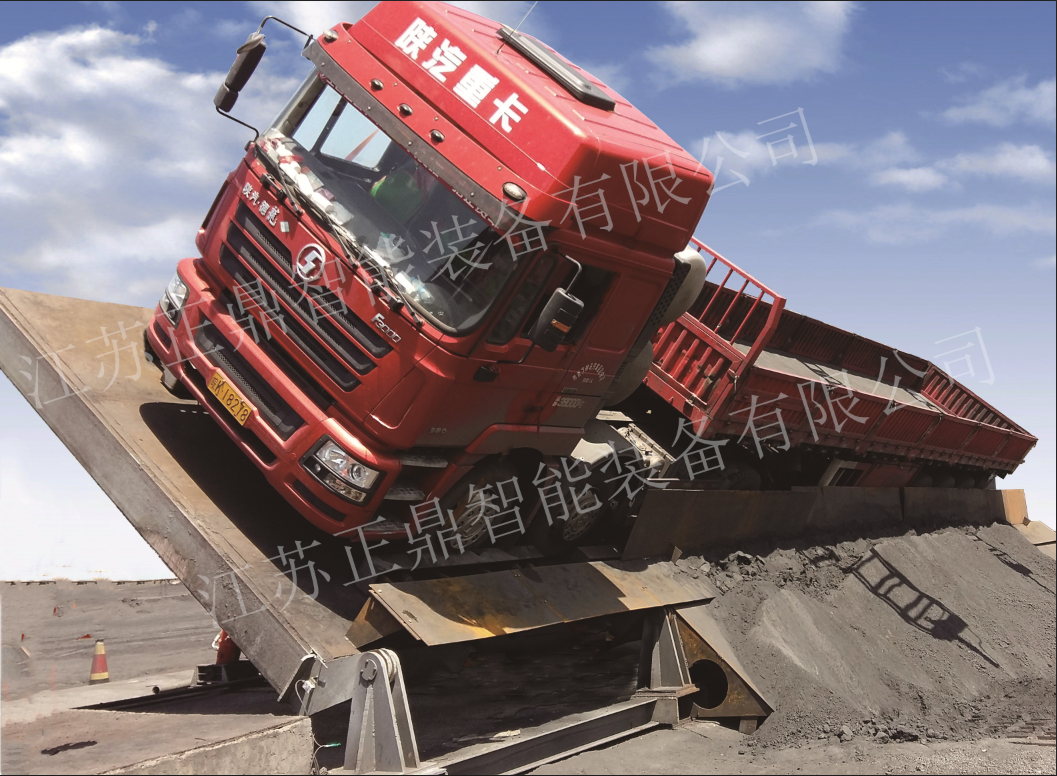Revolutionizing Logistics Operations with Advanced Unloading Solutions
The logistics and warehousing industry continues to evolve with innovative technologies that streamline operations and enhance productivity. Among these advancements, the hydraulic truck unloading platform stands out as a game-changing solution that transforms how businesses handle material handling and cargo transfer. This sophisticated equipment has become an essential asset for companies seeking to optimize their loading dock operations while prioritizing safety and efficiency.
Modern supply chains demand swift, reliable, and cost-effective solutions for managing cargo transfer. The implementation of a hydraulic truck unloading platform addresses these needs by providing a versatile and powerful system that can handle various load types and sizes. From retail distribution centers to manufacturing facilities, these platforms have proven their worth in dramatically reducing unloading times and minimizing manual labor requirements.
Key Components and Technical Excellence
Engineering Marvel: Core System Components
At the heart of every hydraulic truck unloading platform lies a sophisticated system of components working in perfect harmony. The primary structure consists of a heavy-duty steel platform, reinforced to withstand continuous heavy loads. The hydraulic system comprises precision-engineered cylinders, pumps, and control mechanisms that ensure smooth and precise platform movement. These components are designed with redundant safety features and built to withstand years of intensive use.
The platform's design incorporates advanced load-sensing technology that automatically adjusts hydraulic pressure based on cargo weight. This intelligent system optimization not only enhances safety but also extends equipment lifespan by preventing unnecessary strain on components. The control interface is engineered for intuitive operation, allowing workers to manage unloading procedures efficiently with minimal training.
Safety Features and Compliance Standards
Modern hydraulic truck unloading platform designs prioritize safety through multiple integrated features. Emergency stop buttons are strategically placed for quick access, while limit switches prevent platform operation when safety conditions are not met. Guard rails and non-slip surfaces provide additional protection for workers, while automated leveling systems ensure stable positioning regardless of truck height or load distribution.
These platforms meet or exceed all relevant industry safety standards and regulations, including OSHA requirements and international safety protocols. Regular maintenance schedules and safety inspections are easily implemented thanks to accessible service points and clear diagnostic systems.

Operational Benefits and Productivity Gains
Time and Labor Optimization
The implementation of a hydraulic truck unloading platform can dramatically reduce unloading times by up to 60% compared to traditional methods. This efficiency gain comes from the platform's ability to handle entire pallets or large cargo sections simultaneously, eliminating the need for piece-by-piece unloading. Workers can safely and quickly transfer loads from trucks to warehouse floors, significantly increasing daily throughput capacity.
Labor costs see substantial reduction as fewer workers are required to manage unloading operations. The platform's ergonomic design minimizes physical strain on workers, reducing fatigue and the risk of workplace injuries. This leads to improved job satisfaction and decreased worker compensation claims, contributing to long-term operational cost savings.
Versatility and Adaptability
Modern hydraulic truck unloading platforms are designed to accommodate various truck sizes and cargo types. The adjustable height and tilt features allow for optimal positioning regardless of truck bed height or cargo arrangement. This versatility eliminates the need for multiple specialized unloading solutions, consolidating equipment investments and simplifying dock operations.
The platforms can be customized with additional features such as weatherproof seals, automated positioning systems, and specialized attachments for specific cargo types. This adaptability ensures that the investment remains valuable as business needs evolve and new challenges arise.
Environmental and Economic Impact
Sustainability Advantages
The adoption of a hydraulic truck unloading platform contributes significantly to environmental sustainability goals. By reducing idle time for trucks during unloading, these platforms help decrease fuel consumption and emissions. The efficient operation also minimizes energy usage compared to traditional unloading methods, supporting green initiatives and reducing the facility's carbon footprint.
Modern platforms incorporate eco-friendly hydraulic fluids and energy-efficient motors, further enhancing their environmental credentials. The durability and longevity of these systems also mean less frequent replacement and reduced waste generation over time.
Return on Investment Analysis
While the initial investment in a hydraulic truck unloading platform may seem substantial, the long-term financial benefits are compelling. Reduced labor costs, increased throughput, and improved operational efficiency typically result in ROI within 12-24 months of installation. The platforms also contribute to reduced product damage during unloading, leading to significant savings in insurance claims and inventory losses.
Maintenance costs are predictable and relatively low when compared to the operational benefits gained. The robust construction and quality components ensure years of reliable service, making these platforms a sound investment for growing businesses.
Frequently Asked Questions
What maintenance is required for a hydraulic truck unloading platform?
Regular maintenance includes hydraulic fluid checks, lubrication of moving parts, inspection of safety features, and periodic testing of control systems. Most manufacturers recommend quarterly professional inspections and annual comprehensive service to ensure optimal performance and safety.
How long does installation typically take?
Installation time varies depending on site conditions and platform specifications but typically ranges from 2-5 days. This includes site preparation, platform installation, testing, and operator training. Professional installation ensures proper setup and compliance with safety regulations.
Can the platform operate in extreme weather conditions?
Most hydraulic truck unloading platforms are designed to operate in a wide range of weather conditions. Special weatherproofing options are available for extreme environments, including heated hydraulic systems for cold climates and corrosion-resistant components for coastal areas. Regular maintenance becomes particularly important in challenging weather conditions.

